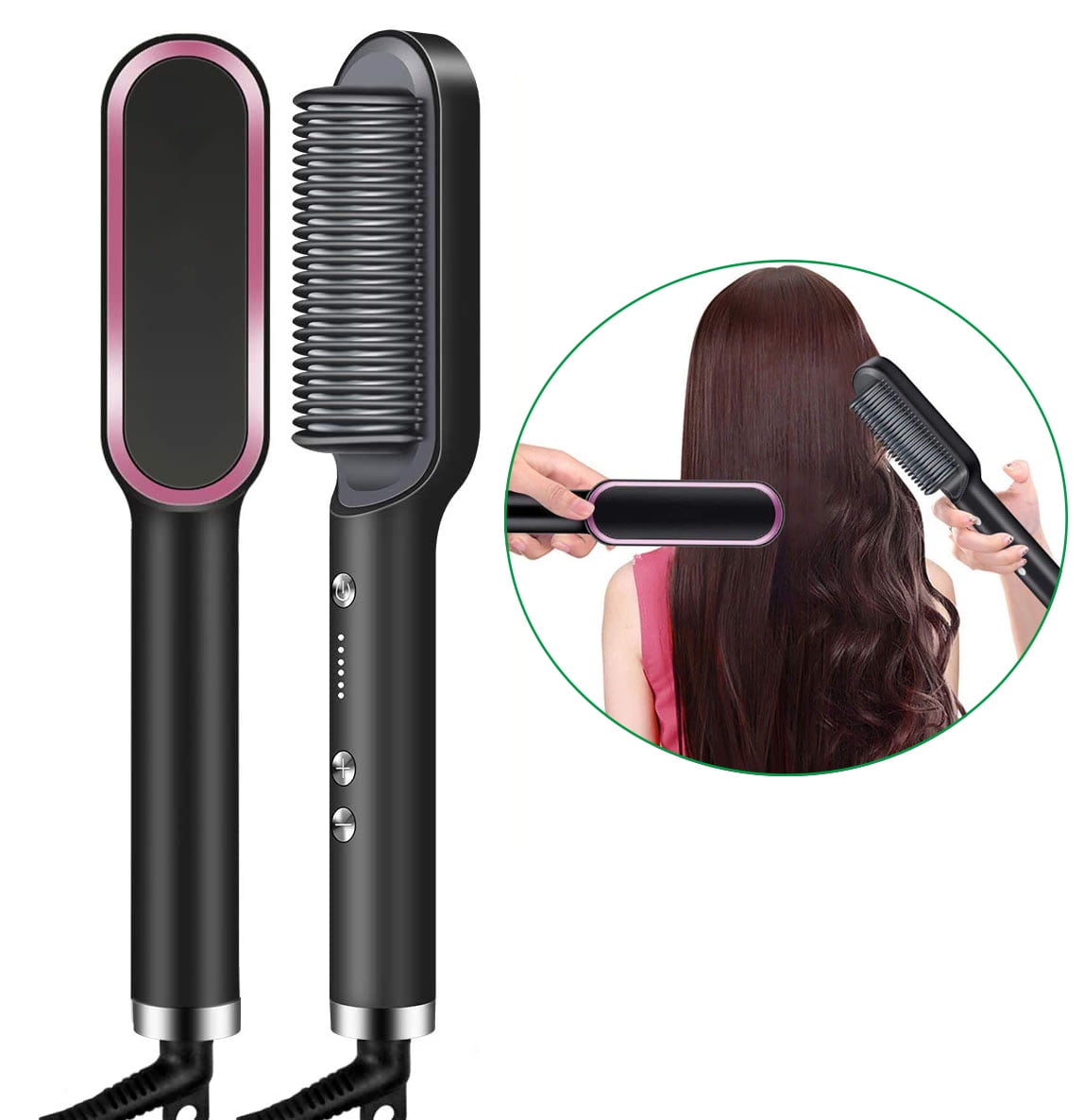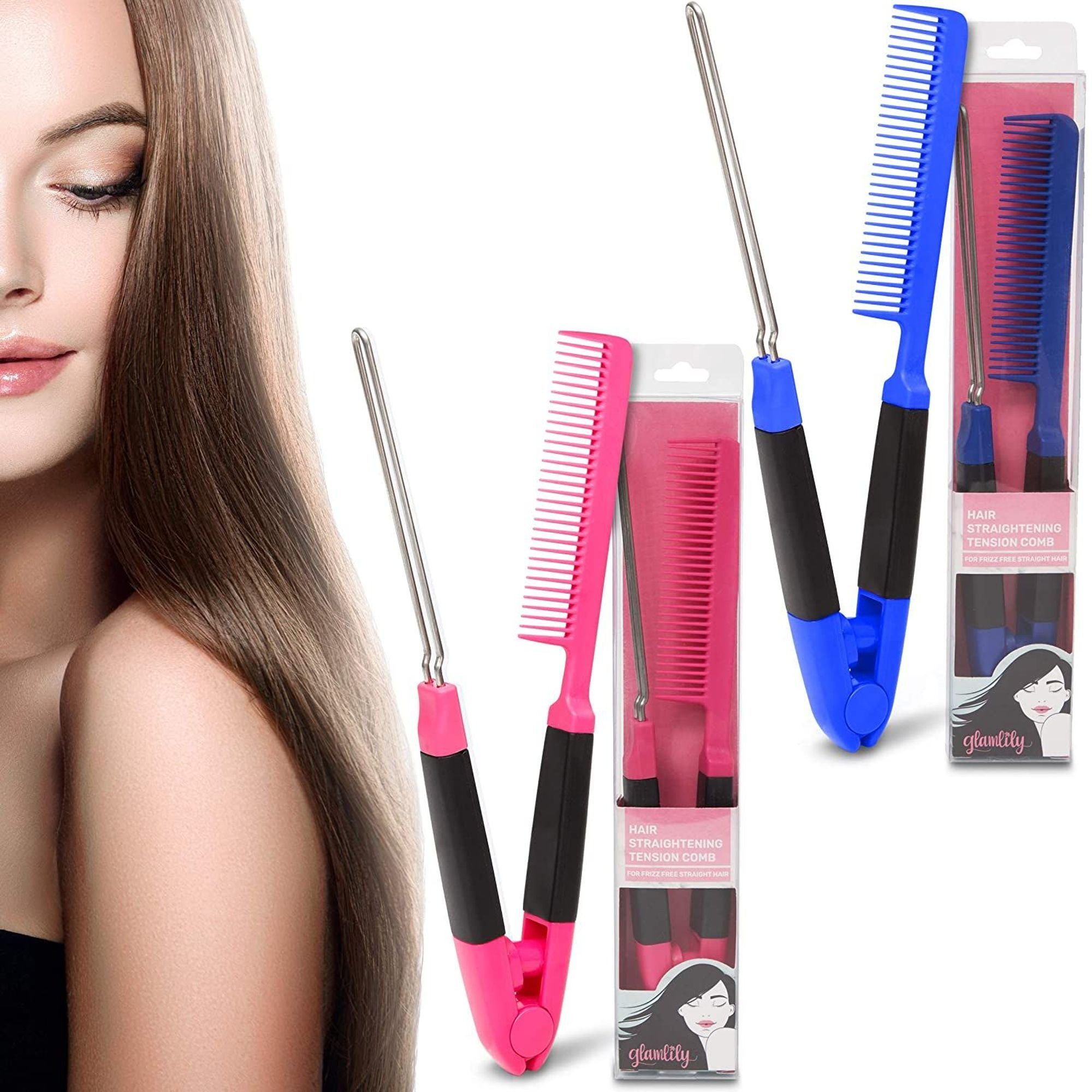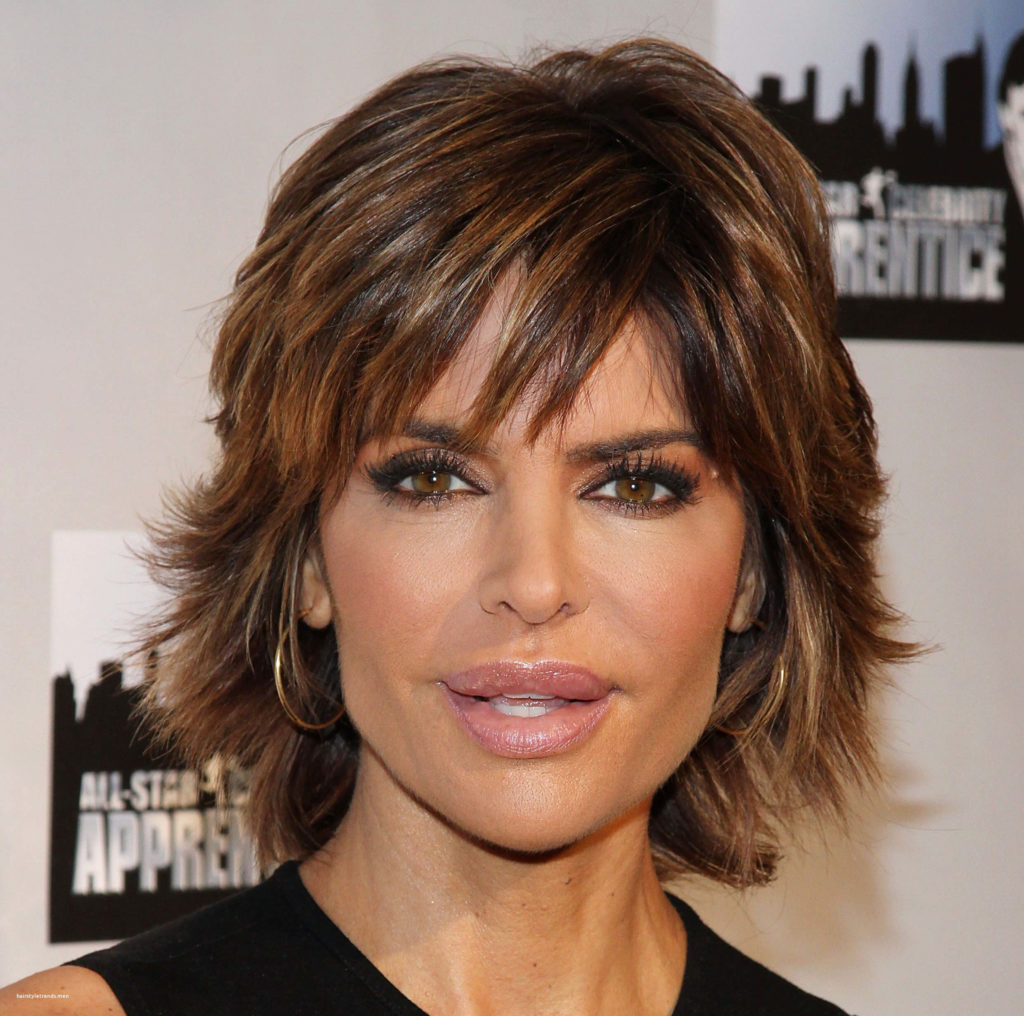Table Of Content

Carefully, I pull the curled hair off my finger with my other hand and hold the curled section flat against my widow’s peak. The first step in the wet set is sectioning your hair into manageable parts. I use the end of the rat-tail comb to create the sections, and the claw clips to hold everything in place. Its teeth are farther apart than most combs and thicker, creating the look of a rake. If your hair is a ratted tatted mess, this is the comb you will want to use to detangle it and smooth it out. People began to create combs from bone, wood, or the bone or antlers of a deer or horn of a moose in the Middle Ages by using a comb maker.
How Often Should You Comb Your Hair: Benefits and How to Do It Correctly
Type 1 hair is straight from root to tip, with no natural curl, and can be fine, thick, coarse, or thin. If you have this hair type, chances are that your biggest frustrations are oiliness and lack of volume. Type 2 hair is wavy, with subtypes depending on the strength, shape, and where the waves begin on the hair shaft. Type 3 hair is characterized by varying degrees of full-on curls, and is usually prone to dryness and breakage, while type 4 hair takes it up a notch into coily territory. Type 4 is the most delicate of all hair types, meaning that preventing breakage is probably your number one priority. Once you've figured out which of the four basic types your tresses fall under, you can more easily consider what your hair needs out of its go-to brush or comb.
Be gentle

Avoid plastic combs as these can create a slight electrical charge as they move through your hair. One of the best investments you can make in your daily beauty routine is to buy the right comb for your haircare needs. According to hairstylist Laurabeth Cabott, combs are typically ideal for wet hair and easing out tangles. When your hair is a giant, tangled mess, it can be frustrating (and painful!) to get a comb through it.
Fine-Tooth Comb
Combs aren’t just an asset in your hair-care routine—they can also be used to create some of our favorite men’s hairstyles. Aside from combing your hair prior to washing it, it’s also a good idea to do so after you’ve applied your conditioner—but before rinsing. This will help evenly distribute the product to ensure every strand is moisturized. A flat brush, meanwhile, can help with smoothing, since they force hair into a single direction.
All of these featured combs are currently in my rotation because they deliver on their respective promises without breaking the bank. Those with shorter hair will want a small, more compact comb, while those with longer tresses can get away with using a larger model. For example, Tracee Ellis Ross created a detangling comb available in two sizes.
Subtype 3B's curls are tighter, and usually begin close to the scalp, while 3C hair takes it a step further with even tighter, springier curls. One thing to keep in mind with all type 3 hair is that curls generally need some degree of moisture in order to look their best. If your hair is dry, either by nature or by over-use of certain products, your tresses will be more prone to breakage and frizz. For daily use, a wide paddle brush is a great option for type 1 hair thanks to this brush shape's ability to handle large sections of hair at once. The wide paddle will also help evenly distribute your hair's natural oils throughout the length of the shaft, toning down the oils that tend to collect on the upper part of the shaft.
Our Tips & Advice
A lot of studies are being done on the influence of hair combing on hair growth and loss. Here's a funky-looking comb from Conair made specifically with curls in mind. The teeth are curved and rounded to keep your curls intact without snagging.
TIP #2. BE GENTLE
Regardless of hair type, most detanglers will feature soft, flexible bristles that are less likely to pull or snag. You can even find an array of detangling brushes with special grips or a small hook on the end for convenient use and storage inside the shower. Thankfully, there are more than a few products specifically designed to overcome this problem and keep your locks in place. Look for brushes that are guaranteed extension-friendly, or if your hair type allows, opt for a looped brush. Looped brushes feature soft, loop-shaped bristles that can gently glide through both natural hair and extensions without excessive pulling or tugging. As a bonus, many of them are made from materials that help reduce static electricity in the hair.
Ahead, find five tips for combing your hair, along with three hairstyles you can create with a comb. When getting a haircut, you may often see combs with very close-set teeth in your stylist’s hands, however, it’s best to use a comb with wide teeth and rounded tips in non-hair cutting environments. Relatively wider-set teeth allow for gentler detangling (whereas the close-set teeth are ideal for precision), and rounded tips are easier on the scalp. For instance, round brushes with a ceramic barrel “can help reduce frizz and static, leaving it shiny and smooth without any flyaways,” says Ford; that’s because ceramic can distribute heat evenly. Meanwhile, plastic or wooden brushes can be more lightweight, which is helpful if you’re brushing hair while blow-drying. “Wooden combs can be gentler, metal combs can be more durable and plastic is more common,” says Ford.
Vented brushes can be used for just about any brush-friendly hair type, but are stellar for fine and straight hair. These brushes feature openings in between firmly fixed bristles that allow for extra airflow, giving lift to the hair's roots and quickening the overall drying process. They are especially effective when combined with a blow dryer, and can be used to both style and detangle, as well as add height to shorter hairstyles.
Brushing the hair is a great way to get rid of the dirt, debris, natural oils, and product buildup accumulated on the scalp. These elements are excellent breeding grounds for bacteria and fungi, which can result in hair loss and breakage in the long run. Unlike other rake combs on the market, this model features a long handle for added comfort.
Subtype 2A is the least structured, featuring soft, undefined waves that fall from about eye level to the end of the hair shaft. In subtype 2B, the waves are a bit more defined, presenting a strong S-shape that can be difficult to straighten out even when using heat tools. Subtype 2C features the strongest amount of wave, verging on light curls; the wave pattern typically begins closer to the base of the hair shaft. This hair type also tends to have thicker locks, with frizz being a common complaint. A wide-tooth comb gets its name from the widely spaced teeth that are very helpful in detangling hair or combing out wet hair.
Beyoncé Finally Shares Her Cécred Wash Day Routine - ELLE
Beyoncé Finally Shares Her Cécred Wash Day Routine.
Posted: Mon, 22 Apr 2024 14:58:00 GMT [source]
For this article, Pai spoke to hair stylists, curl specialists, colorists and trichologists to narrow down the best combs and hair brushes for various hair types and textures. Generally speaking, a brush is better to work “through longer, straighter hair, as well as good to blow-dry with,” says Meri Kate O’Connor, a hair colorist at Benjamin Salon in Los Angeles. We asked hair experts to share how to choose the best option based on your hair type and texture. Also called a detangler comb, a wide-toothed comb, as the name suggests, has teeth that are wider-spaced than other combs and is used mainly for removing knots in the hair.
Our larger sized combs such as our Curved French Pleat Comb and 12cm French Pleat Combs are perfect for creating French pleats with curly and thick hair. This blog goes into more detail on how to do a French pleat in 5 simple steps. The first step in choosing the right hair comb is to understand your hair type. Knowing your hair type will help you determine which comb will work best for you. Different combs are designed to tackle different hair types and textures, so it's essential to choose one that will work with your hair, not against it.
Combs with tightly packed bristles, such as the HYOUJIN Rat Tail Comb, offer better style control. Those with straight or looser waves and curls can use these types of comb with zero issues. However, someone with thicker or curlier hair should opt for a wide-tooth comb because it won’t pull on their hair.

No comments:
Post a Comment